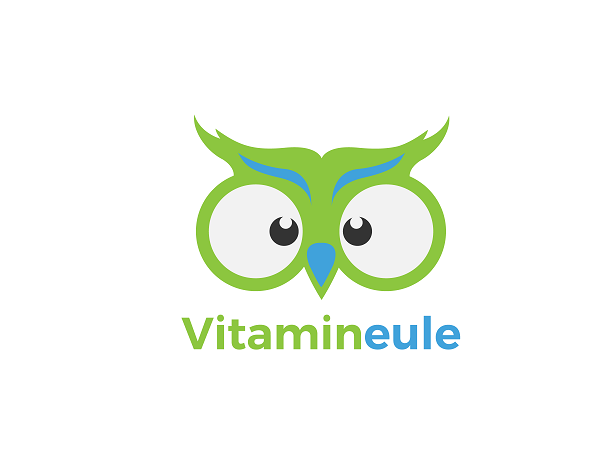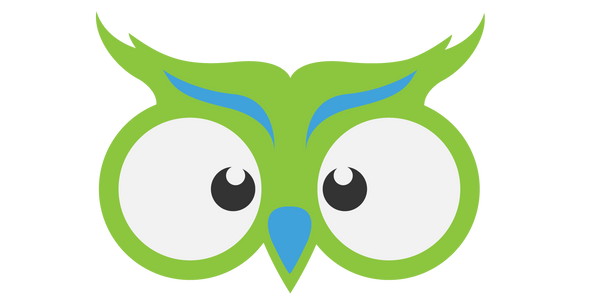

Team Vitamineule
1. Chasteberry and its role in relieving menopausal symptoms
Chasteberry, also known as Vitex agnus-castus, is a plant that has been used in natural medicine for centuries, particularly to treat women's ailments. In relation to menopause, which marks a significant period of life for women, chasteberry has attracted a lot of attention, particularly for its potential role in relieving menopausal symptoms. Menopause is a natural phase in a woman's life marked by the decline in hormone production, particularly estrogen and progesterone. This hormonal change can lead to a variety of symptoms, including hot flashes, night sweats, mood swings, sleep disturbances, vaginal dryness, and more. Many women look for natural ways to relieve these symptoms, and chasteberry is one option that is often discussed. Chasteberry acts on the pituitary gland in the brain, which can lead to an indirect impact on hormone balance. It is believed that chasteberry may inhibit the production of prolactin, a hormone that normally plays a role in lactation but is also associated with the regulation of the menstrual cycle. By regulating prolactin, chasteberry may help stabilize hormone levels in women during menopause. However, studies on the effectiveness of chasteberry in relieving menopausal symptoms are mixed. Some research suggests that chasteberry may help reduce hot flashes and other symptoms, while other studies show no significant benefits. Individual response to chasteberry may vary, and it is important to note that herbal supplements are not suitable for everyone and may have side effects. It is also important to note that chasteberry should not be considered a substitute for appropriate medical care. Women experiencing severe menopausal symptoms should speak with their healthcare provider to determine the best treatment option for their individual situation. This may include a combination of lifestyle changes, hormone replacement therapy, or other medical interventions. Overall, chasteberry offers an interesting option for women looking for natural ways to relieve menopause symptoms. It can be helpful, but it's important to have realistic expectations and consult with a healthcare professional to determine the best treatment for individual needs.
2. What are the properties of chasteberry?
Chasteberry, botanically known as Vitex agnus-castus, is a plant in the verbena family (Verbenaceae) native to the Mediterranean region and parts of Asia. Also known as chasteberry, this plant has a long history of use in natural medicine and is often valued for its diverse properties. One of the most notable properties of chasteberry is its ability to influence hormone balance. Specifically, chasteberry is believed to modulate the activity of the pituitary gland in the brain, leading to an indirect regulation of hormone production. This may be particularly important for women, as chasteberry is often used to treat menstrual irregularities, premenstrual syndrome (PMS), and menopause. Chasteberry is believed to inhibit the production of prolactin, a hormone involved in regulating the menstrual cycle. In addition, chasteberry is valued for its anti-inflammatory properties. This property can help relieve various ailments such as menstrual cramps, headaches, and even mild depression. The anti-inflammatory effects of chasteberry are attributed in part to its ability to reduce the production of pro-inflammatory substances in the body. Furthermore, chasteberry is often considered a means of improving fertility and aiding in conception. It is believed that chasteberry's hormonal regulating effect can also help stabilize the menstrual cycle, thus increasing the chances of successful conception. This use of chasteberry is often supported by women who suffer from irregular or missed periods. In addition, chasteberry has a long history as a means of relieving nervous tension and promoting a general feeling of well-being. It is often considered a gentle sedative and can help reduce stress and improve mood. It is important to note that although chasteberry has many beneficial properties, it is not suitable for everyone. As with all herbal supplements, side effects may occur and it is advisable to consult a doctor or health care professional before taking it, especially if you have pre-existing health conditions or are taking other medications. Overall, however, chasteberry offers a fascinating range of properties that make it a popular option in natural medicine.
3. Where does monk's pepper come from?
Chasteberry, scientifically known as Vitex agnus-castus, is a plant that has been valued for its medicinal properties in various cultures for centuries. Chasteberry is originally from the Mediterranean region, where it is native to countries such as Greece, Italy, and Turkey. These regions provide ideal climatic conditions for the growth of chasteberry, including a warm climate and fertile soil. The history of chasteberry goes back a long way. Even in ancient times, the plant was used by various cultures for its healing properties. The ancient Greeks and Romans believed that chasteberry could help reduce libido, and thus often used it as an abstinent remedy, leading to its alternate name of "chasteberry." In the Middle Ages, chasteberry was grown and used by monks in monasteries, leading to its common name. Monks are said to have eaten chasteberry to support their vows of chastity and suppress sexual desires, leading to a further association with abstinence. Today, chasteberry is cultivated in various parts of the world, not only in the Mediterranean but also in regions with similar climatic conditions, such as parts of North America and Australia. The plant is often grown in gardens and is known for its pretty purple flowers and pleasant scent. The growing popularity of chasteberry in modern natural medicine has led to an increased demand for the plant. Today, chasteberry is available in various forms, including as an herbal tea, tincture, capsules or extract. It is often used as a natural remedy to treat a variety of ailments, including menstrual cramps, premenstrual syndrome (PMS), menopausal symptoms, fertility issues and more. Overall, chasteberry has a rich history and a wide range of uses in traditional and modern medicine. Its origin in the Mediterranean and its distribution throughout the world reflect its diverse properties and its continued importance in natural medicine.
4. Monk's pepper in the form of dietary supplements
Anyone who would like to take chasteberry in the form of a dietary supplement should definitely pay attention to the form of the active ingredient and its origin. Chasteberry capsules are particularly suitable for increasing the chasteberry value. They are very well tolerated and are utilized by the body to a high degree. The preparation should also not contain any chemical additives such as microcrystalline cellulose. Anyone who buys a preparation from Germany can be sure that the product has also been produced safely and is of high quality.
Our recommendation:
Vitamineule® Monk's Pepper Capsules
In our online shop you will find our monk's pepper capsules from Vitamineule®, which are completely free of artificial additives. Vitamineule® monk's pepper capsules contain 30 mg of pure monk's pepper extract per capsule. Each can contains 90 capsules. In addition to fast and free shipping, we offer a voluntary six-month return guarantee for all products.
5. Conclusion: Chasteberry and its role in relieving menopausal symptoms
In summary, chasteberry is an interesting option for relieving menopausal symptoms. Although scientific evidence on its effectiveness is mixed, there are many women who report its positive effects. Chasteberry may help reduce hot flashes, mood swings, and other symptoms by indirectly affecting hormone levels. It is important to note that chasteberry is not suitable for everyone and that individual responses may vary. Nevertheless, it may be a worthwhile addition to a holistic approach to treating menopausal symptoms. In supplement form, chasteberry offers a convenient and accessible way to reap its potential benefits. However, it is advisable to speak to a healthcare professional before taking chasteberry or any other supplement to ensure it is suitable for your individual needs and that there are no interactions with other medications or health conditions.

